Recently, the Intergovernmental Panel of Climate Change (IPCC) released a report about the latest status of climate change. Researchers and scientists came together to present the worrisome news about the rapid shift in global warming and its implications to the fate of humanity.
UN Secretary-General António Guterres even considered the latest report as a “code red for humanity”. Right now, we can feel the repercussions of humanity’s abuse and neglect of the environment.
The IPCC report highlighted the global surface temperature has increased by 1.09C in the last decade compared to the 1850-1900. Note that a subtle change to the global temperature will tip the scales. Given our trajectory, we will reach 1.5C by 2040, but if we exponentially increase our emissions, it might come sooner.
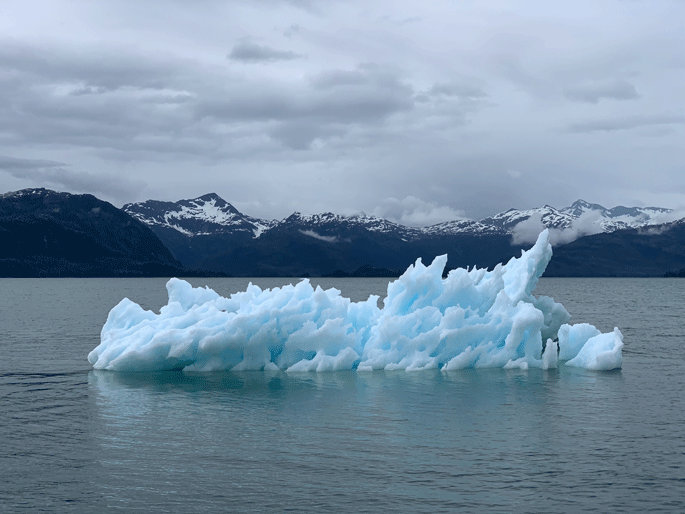
Moreover, sea levels have increased up to three times in comparison to 1901-1971 and the melting of glaciers is linked to human activity. In turn, this creates acidic and warmer oceans. Unfortunately, the icebergs in the Arctic could melt by 2050. At this rate, coastal communities will be erased by 2100.
The last 5 years have been recorded as the hottest years since 1850. Unprecedented weather patterns may constantly disrupt us, and harsher climate will only get worse. More and more animals may be endangered or extinct.
It is sad to say, but this is our best-case scenario. A worse case is one of which by the end of this century or until 2150, we might reach a 2m to 5m rise in sea levels. If carbon emissions are not significantly reduced now, the effects of climate change will intensify quickly.
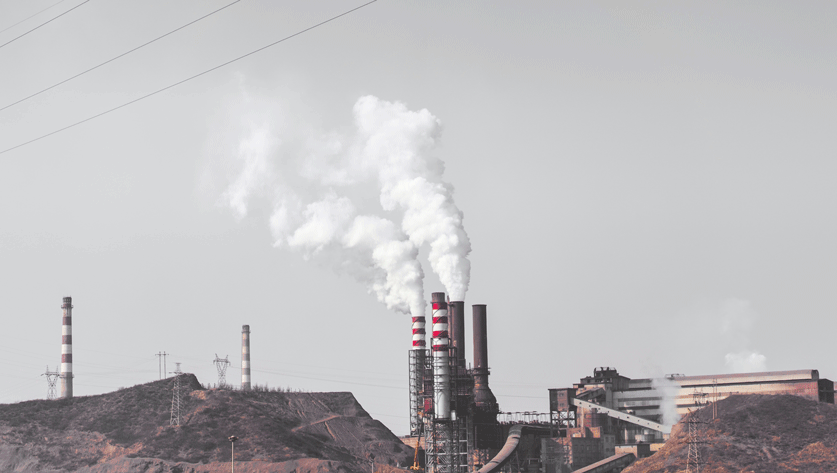
One of the initiatives led by the United Nations is the Sustainable Development Goal (SDG) on Climate Action that emphasizes the importance of sustainable growth and long-term rehabilitation. They urge people from different walks of life to shed light on this pressing issue.
Here are some artists that incorporate climate action into their works to press the gravity of climate change.
Zaria Forman
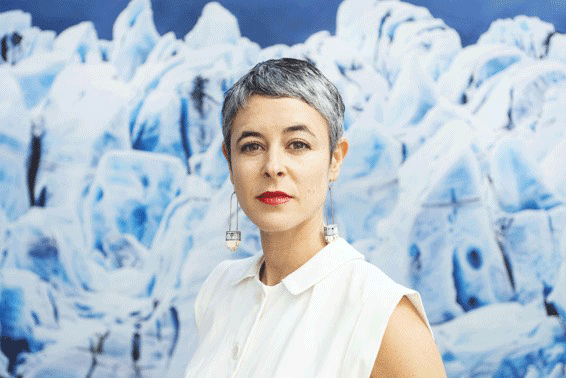
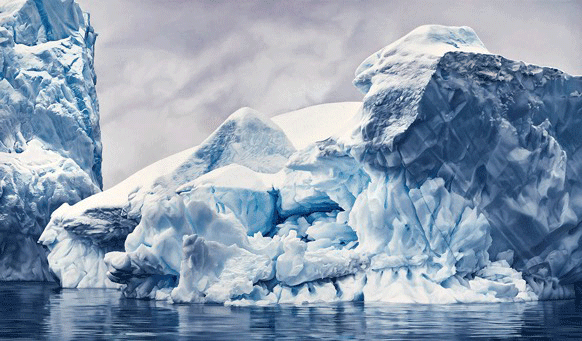
Zaria Forman is a New York-based artist that exhibits gargantuan drawings of Arctic glaciers. She taps into human emotions by showcasing the melting of icebergs and urges the audience to empathize with the situation.
Every stroke is created with her bare fingers as she prefers to use them compared to brushes. Her adoration for details can be explicitly noticed through her precise craftsmanship.
Her work is featured in the world’s first digital art exhibition in space called ZERO GRAVITY: Is This Our Earth? by Arts Help. To read more about it, click here.
Leslie Sobel
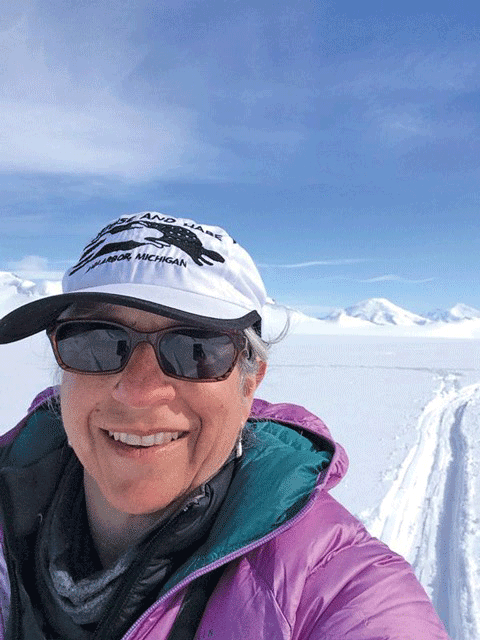
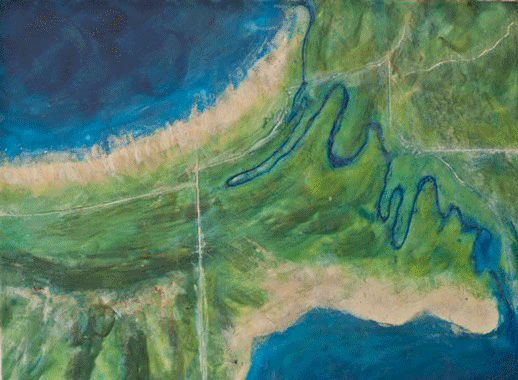
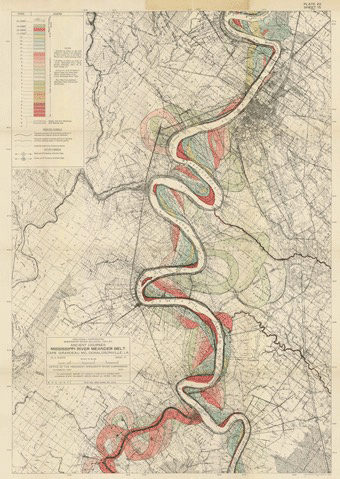
Leslie Sobel integrates the findings of climate scientists in her works. She creates monotypes and photomicrographic stencils that display the meandering or changes of the river’s path over centuries. Sobel assigns various colours and lines to signify a certain period of time and path. The overlapping of the lines implies the activity of the river across time.
Her documentation of these river beds helps engineers to predict potential shifts of the river. This can influence the location and structures of infrastructures that are established around the area.
Looking at the bigger picture, her approach advocates for the documentation of these changes. As global warming continues to worsen, the conditions of rivers hasten.
To read more about her work, click here.
Agnes Denes
Agnes Denes assimilates atypical materials to convey environmental degradation and scarcity in her works. She harnesses natural resources and customizes them to fit her message.
In her work Wheatfield - A Confrontation, Denes planted and harvested wheat in a landfill between the World Trade Center and Wall Street to symbolize consumerism and food production, and its impact on global hunger. This exhibition enlightens the audience about wasteful practices in the industry and points out how equal distribution can benefit everyone.
To read more about her works, click here.
Salventius
Salventius, a momentalist artist, featured the interconnected nature of humanity and the fleeting moments we have together by carving faces in a circle using a single line on sand in his piece One Earth, One Line.
This exhibition was done during Earth Day 2021 to display the “leave no trace” regulation commonly found when visiting protected areas. Although this work is impermanent, its significance to the status quo remains.
His art inspires his audience to think that even though life on Earth is temporary, the actions that are taken affect others and especially the planet.
He was also featured in ZERO GRAVITY: Is This Our Earth? exhibition by Arts Help. For more details about the exhibition, click here.
These are only some of the many artists who chose to further the calls of counteracting the damage done by human interference and to mitigate the effects of climate change before it’s too late.
However, the fight against climate change requires collective action. Each one of us has a role to play. If interested to learn more about climate change campaigns, you can contact your local organizations or click here to see a list of initiatives, and partnerships worldwide.
